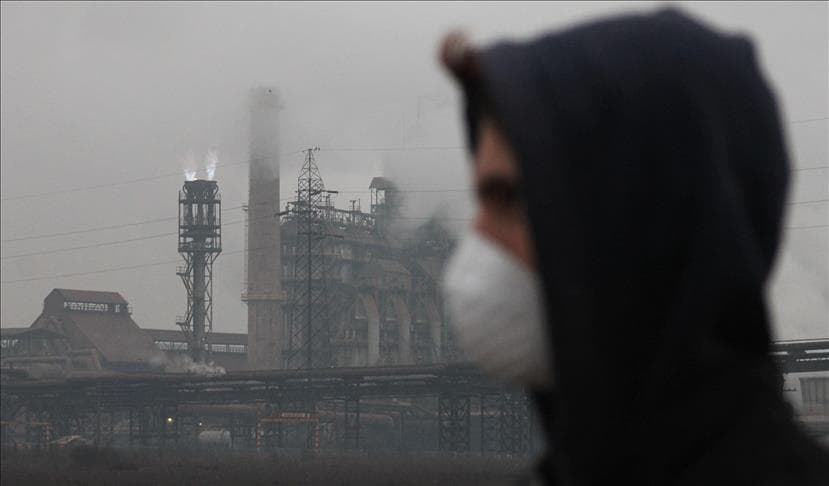We're loading the full news article for you. This includes the article content, images, author information, and related articles.
A new analysis reveals the world's wealthiest 0.1% emit 4,000 times more carbon than the poorest, directly fueling the droughts and floods devastating communities across Kenya and the Horn of Africa.

NAIROBI, Kenya – The wealthiest 0.1% of the United States population are emitting carbon at a rate 4,000 times higher than the world's poorest 10%, according to a damning new analysis released on Wednesday, 29 October 2025, by Oxfam and the Stockholm Environment Institute. The report, published ahead of the COP30 climate summit, highlights a severe global disparity, finding that these billionaires and multimillionaires are depleting the planet's safe climate space 183 times faster than the average global citizen.
The data paints a stark picture of daily consumption. A member of the US super-rich emits an average of 2.2 tonnes of CO2 each day. In stark contrast, a citizen in neighboring Somalia is responsible for just 82 grams of CO2 daily. The global daily average stands at 12 kilograms per person. This extreme "carbon inequality" is driven by the lavish lifestyles of the super-rich—including the use of private jets and superyachts—and their substantial investments in polluting industries.
For Kenya and the wider East African region, these statistics are not abstract figures but a direct link to an escalating cycle of climate catastrophe. The excessive emissions of a global elite are a significant driver of the extreme weather events that plague the region, from the worst droughts in decades to devastating floods. In late 2024 and early 2025, floods in Kenya killed at least 228 people, displaced over 315,500, and destroyed more than 36,000 acres of cropland. These events threaten the nation's key economic pillars, particularly rain-fed agriculture, which supports the majority of the population.
The Intergovernmental Authority on Development (IGAD) Climate Prediction and Applications Center has warned that Kenya and its neighbors should brace for warmer-than-usual temperatures and drier-than-normal conditions in early 2025, signaling a continued threat to food security and livelihoods. This vulnerability is underscored by the fact that nations least responsible for the climate crisis are bearing its heaviest burdens. More than 91% of deaths from climate-related disasters in the last 50 years have occurred in developing countries.
The Oxfam report, titled "Carbon Inequality Kills," reveals that this divide has grown over the past three decades. Since 1990, the emissions share of the richest 0.1% has increased by 32%, while the share of the poorest 50% has fallen by 3%. "The climate crisis is an inequality crisis," said Amitabh Behar, the executive director of Oxfam International, in a statement accompanying the report. "The very richest individuals in the world are funding and profiting from climate destruction, leaving the global majority to bear the fatal consequences of their unchecked power."
As global leaders prepare for the COP30 climate summit in Belém, Brazil, this report intensifies the debate around climate justice and finance. Developing nations, including Kenya, have long advocated for the principle of "common but differentiated responsibilities," arguing that industrialized nations with a history of high emissions must provide financial support to help vulnerable countries adapt. Kenya has already submitted an ambitious national climate plan, committing to reduce its greenhouse gas emissions, but these efforts are undermined by the failure of major global emitters to curb their pollution.
Civil society groups in Kenya are increasingly calling for transparency and accountability in the use of climate funds and for the inclusion of local communities in decision-making processes. The upcoming summit is seen as a critical opportunity to hold the world's largest polluters accountable and to secure the necessary funding to build resilience in frontline communities from Nairobi to the Horn of Africa.
Keep the conversation in one place—threads here stay linked to the story and in the forums.
Other hot threads
E-sports and Gaming Community in Kenya
Active 6 months ago
Popular Recreational Activities Across Counties
Active 6 months ago
The Role of Technology in Modern Agriculture (AgriTech)
Active 6 months ago
Investing in Youth Sports Development Programs
Active 6 months ago